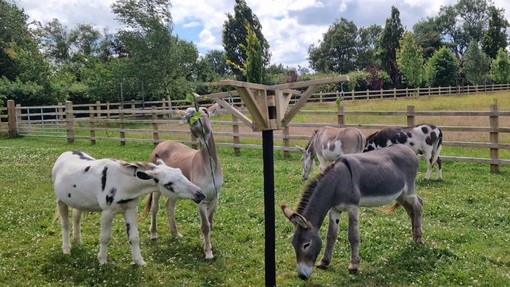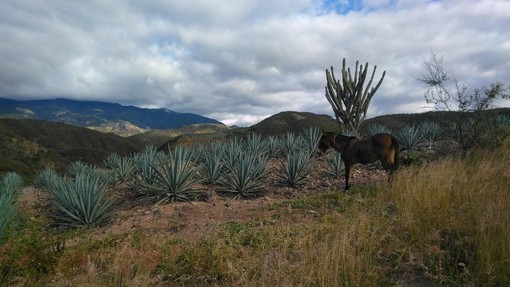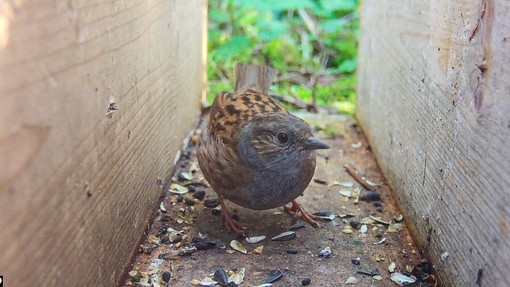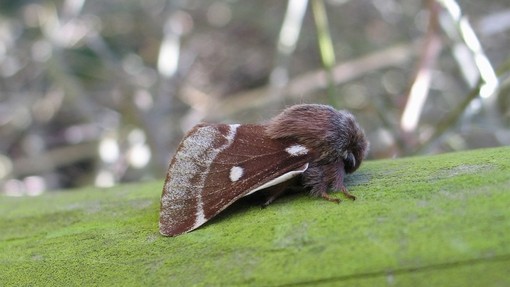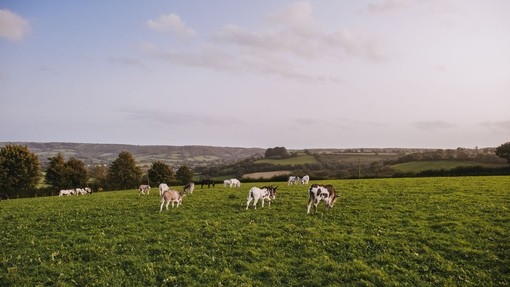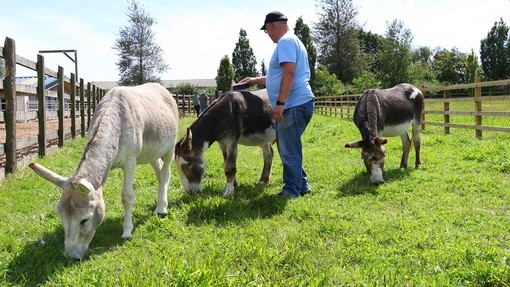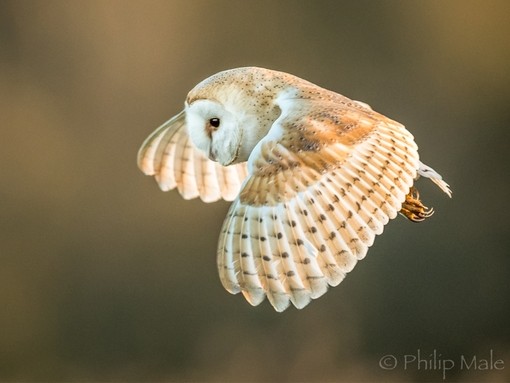
Barn owls spotted at The Donkey Sanctuary
What have barn owls and donkeys got in common? Both love nice dry barns and are good listeners, but that’s only part of the story…
Last autumn one of our Ecology and Conservation officers was lucky enough to spot a small, white, heart-shaped face looking back at them from on top of a nestbox under the eaves of the straw barn at Trow Farm.
The barn owl, whose scientific name Tyto alba means ‘the white owl’, is likely to be the same owl that we have seen hunting over the Trow Farm willow beds and surrounding tussocky grassland over the years.
Areas of open foraging are some of the most important habitats for barn owls, as they support small mammals such as voles, shrews and mice. They tend to be rough tussocky grassland, which you may see around the edge of hay fields, along ditches and hedgerows, and in fallow fields. There needs to be a thatch of grass and deep litter layer to provide cover and nest sites for voles.
This kind of habitat has been rapidly disappearing from the wider countryside for decades as agricultural practices intensify, development expands and people manage grassy areas for neat aesthetics rather than with biodiversity in mind.
Barn owls are widespread across Devon but their survival depends on there being between 14 and 47 hectares of rough grassland within 2km of suitable nesting and roosting sites.
But what has this got to do with donkeys? Rough tussocky grassland offers good foraging habitat for donkeys too, as native grasses with higher fibre and lower levels of sugar are more suitable for their metabolic requirements.

Also, grazing among tussocky grassland often means that donkeys move more and express a wider range of foraging behaviours. Different grass species and age structure associated with this type of grassland gives the donkeys more choice and encourages them to be selective as they pick and choose what and where they want to eat.
It offers health benefits as well – for instance, the thick thatch or litter layer creates a protective barrier between hooves and mud, resulting in better hoof health and a lower likelihood of field poaching.
Grasslands with a more complex structure are also likely to have a deeper and better developed root system, which makes the grassland more resilient to extreme weather events such as drought or heavy rainfall, as well as increasing mineral uptake for the donkeys grazing it.
Here at the sanctuary, we continue looking for ways to manage our pastures to be more diverse and resilient, which benefits donkey health and wellbeing.
Discover more about our Ecology and Conservation work
Share this page
Tags
- News

